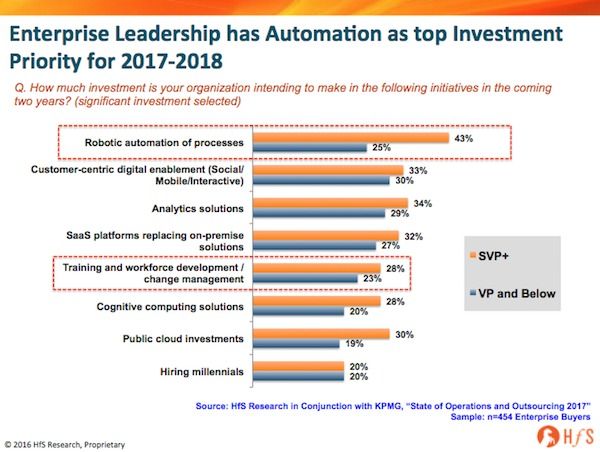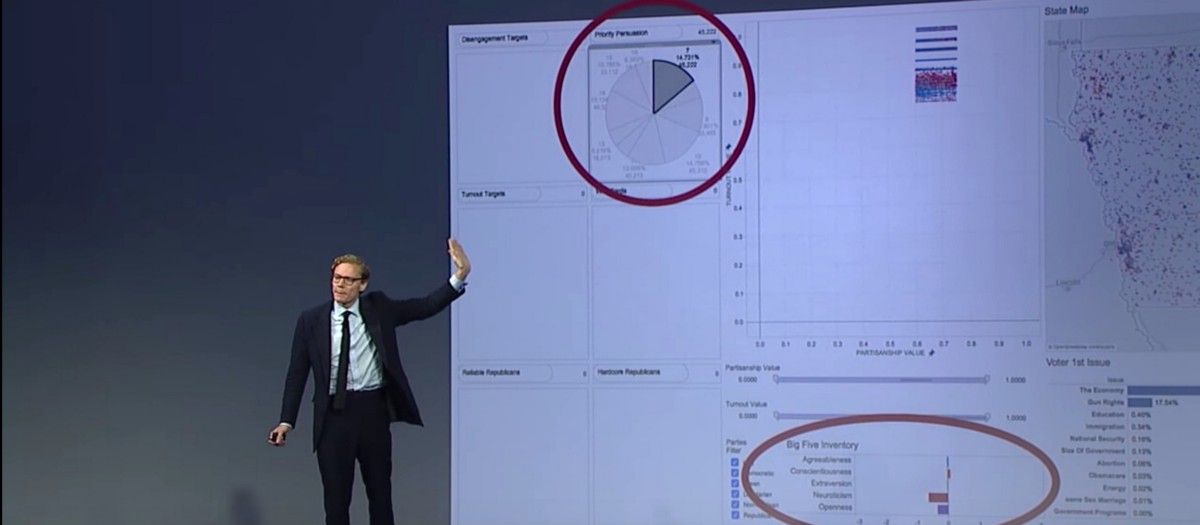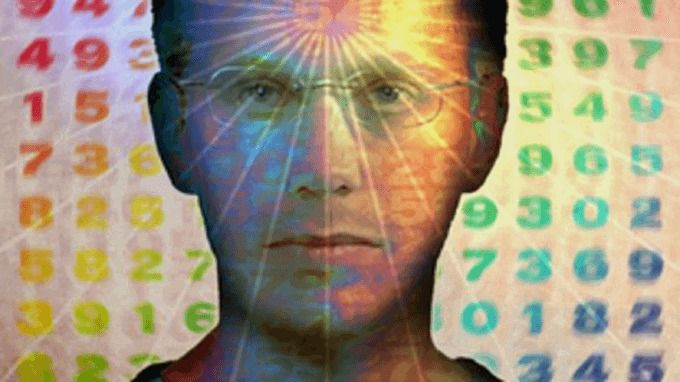Increasingly the vegetarian diet seems promising in terms of longevity strategy. Here is a short article exploring this idea.
Our ability to live a long life is influenced by a combination of our genes and our environment. In studies that involve identical twins, scientists have estimated that no more than 30 percent of this influence comes from our genes, meaning that the largest group of factors that control how long a person lives is their environment.
Of the many possible environmental factors, few have been as thoroughly studied or debated as our diet. Calorie restriction, for example, is one area that is being investigated.
So far, studies seem to show that restricting calories can increase lifespan, at least in small creatures. But what works for mice doesn’t necessarily work for humans.








